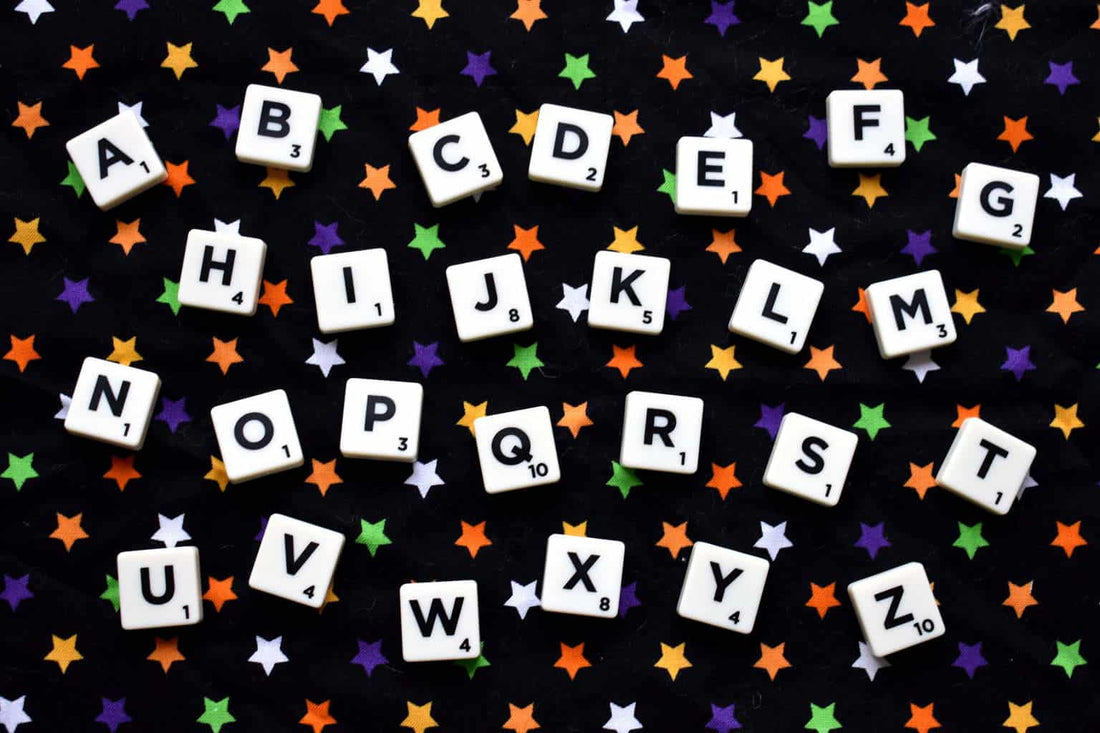
VB-MAPP Terminology (Part 2 of 8)
Share
This is part 2 of 8 in a series on administering the Verbal Behavior Milestones and Assessment Protocol (VB-MAPP). If you haven’t yet read part 1, you should should start there.
Getting Started
So, you have purchased the VB-MAPP Protocol and all of the materials you need to conduct the assessment. Now, it is time to start making sense of the protocol and its language. The first thing that you need to know is that the assessment is based on B.F. Skinner’s analysis of language from his book, Verbal Behavior, published in 1957.
As a result, some of the language may be unfamiliar and technical. The purpose of this article is to break down the 16 different milestones into familiar language that anyone can understand.
The first main idea to understand is that in Skinner’s analysis, language should be defined by the function of the speech, not the form. Simply, what this means is that the important thing about speech (or language more broadly) is not what you are saying, but why you are saying it. In Verbal Behavior, Skinner divides language into four primary operants, or units of verbal behavior.
The Main Four Operants
- Mand - deMAND of another individual. This reflects what the individual wants or needs. Could include tangible objects such as food, water, shelter, and toys or intangible things such as information.
- Ex: Carol is thirsty and says “I want milk”.
- Ex: Bob sees his friend Ryan and says, “How are you doing?”.
- Tact – The speaker labels something that they come into conTACT with in their environment (including the internal environment. The labeled something (person, place, thing) must be experienced using the senses.
- Ex: Mark sees a car and says “Car”.
- Ex: Cameron hurts his knee and says “Oww it hurts”. This is an example of an internal tact.
- Echoic– The speaker repeats exactly what is heard, like an ECHO. Also called vocal imitations.
- Ex: A French teacher says, “Repeat after me – Bounjour.” Megan repeats, “Bonjour”.
- Intraverbal – The speaker responds conversationally to something said by another speaker. The preceding stimulus or event is another person’s language. Thus, the speaker’s response is within (or INTRA) verbalizations.
- Ex: A math teacher asks, “What is 5×5?” and Kerri answers “25”.
- Ex: Your friend says that they went to Best Buy this weekend, and you reply, “I went there too!”
An important thing to note is that because Skinner de-emphasizes the form of language, he highlights that communication can occur in any modality (e.g., vocal, sign-language, augmentative device). All four of these operants can occur in alternative means of communication such as sign language and augmentative devices (e.g., an iPad or GoTalk).
Shop ThinkPsych Products
Other Terms
Once you’ve mastered the four main operants derived from Skinner’s Verbal Behavior, you are most of the way to understanding the VB-MAPP assessment. There are a few more terms that you should familiarize yourself with:
- Listener Responding – This domain specifically refers to receptive language skills. Receptive language concerns what an individual is able to understand. These milestones concern a child’s ability to follow directions and demonstrate motor behaviors in response to language.
- Ex: A teacher says “Touch your nose” and Mike touches his nose. Although he may not be able to say nose, he can understand it.
- Visual Perceptual Skills and Matching to Sample (VP/MTS) – This domain contains all of the non-verbal visual skills that are a prerequisite for a lot of verbal skills. For example, early milestones include the ability to match identical and non-identical objects/pictures. These skills are needed in order to learn language. For example, you cannot label a picture as a “cat” unless you can identify that one cat is similar to another cat based on shared characteristics. Otherwise, each new cat would have to be taught independently.
- Ex: Matching an identical fork to another identical fork; Sorting a set of bears by color (red, blue, green); Matching a 2D picture to a 3D object.
- Listener Responding by Feature, Function, Class (LRFFC) – This is a more advanced type of listener responding behavior that occurs in levels 2 and 3 of the VB-MAPP Assessment. In this type of response, the student has to identify objects based on associated characteristics such as a part of the object (feature), its purpose (function), or category (class).
- Ex: “Touch the one that has wings” and Josh touches a plane (feature).
- Ex: “Touch the one you eat” and Fiona touches an apple (function)
- Ex: “Touch one that’s a vehicle” and Nick touches a car. (class)
Well that’s all there is to it! Once you know these terms, have the necessary materials (see part 1 of this series) you should be ready to begin administering the VB-MAPP assessment! You should begin with Level 1 of the assessment, which is geared towards the assessment of skills that should emerge between 0 and 18 months in typically developing children. See our guide to level 1 of the assessment.
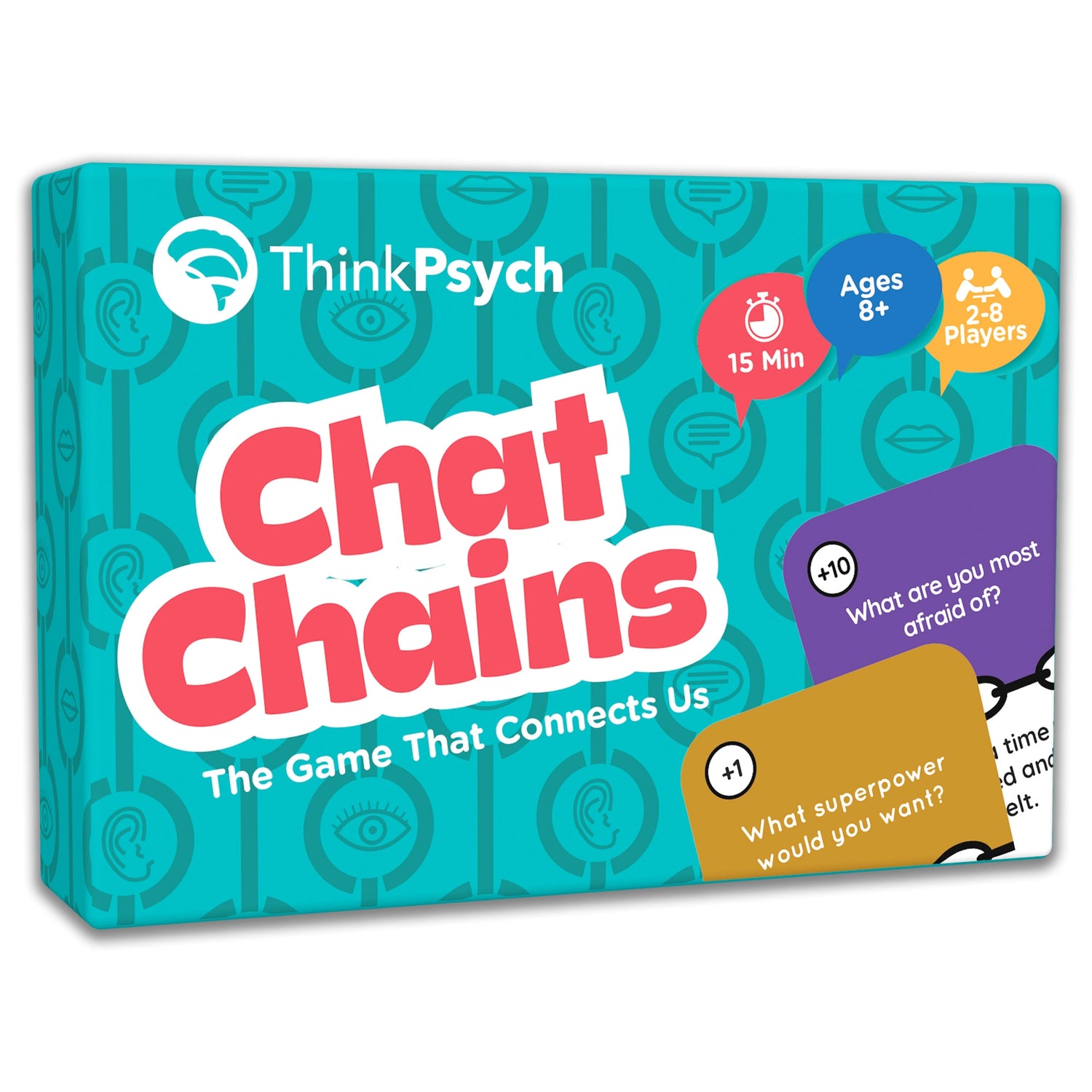

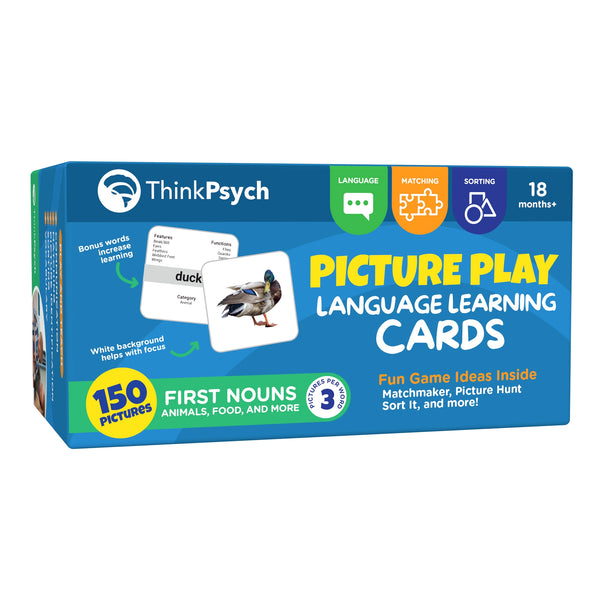
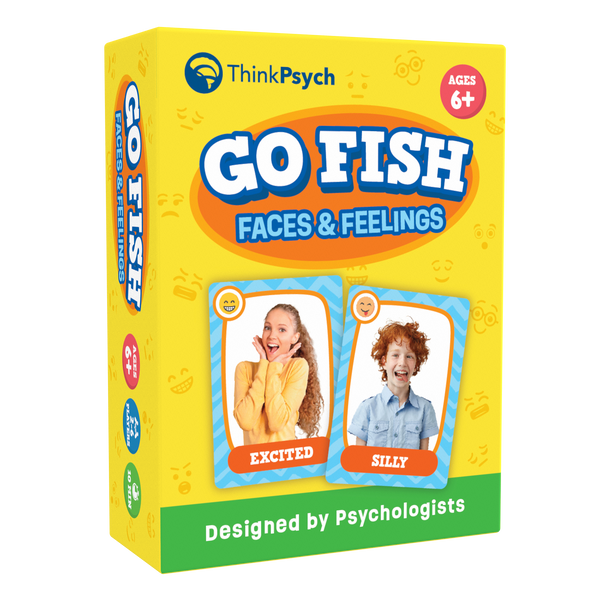

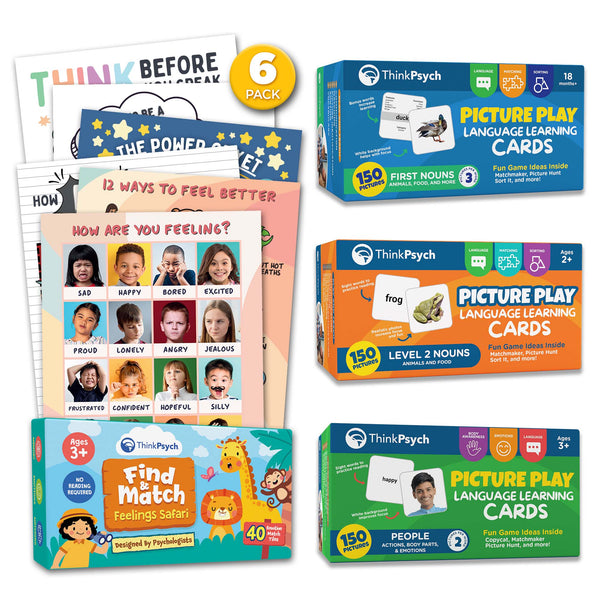
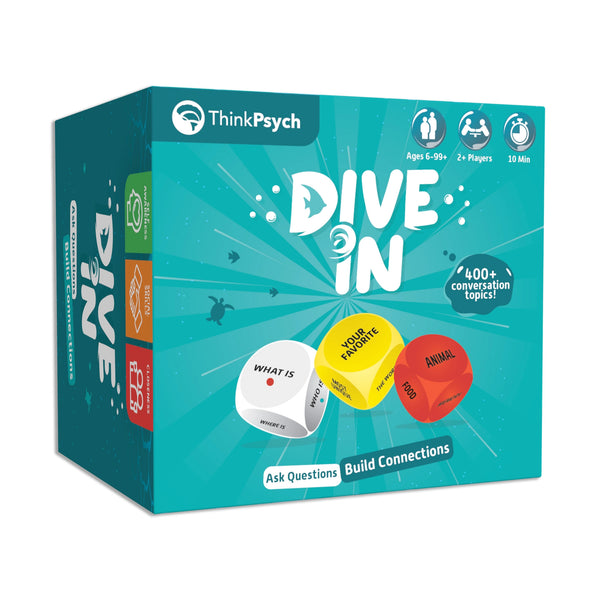
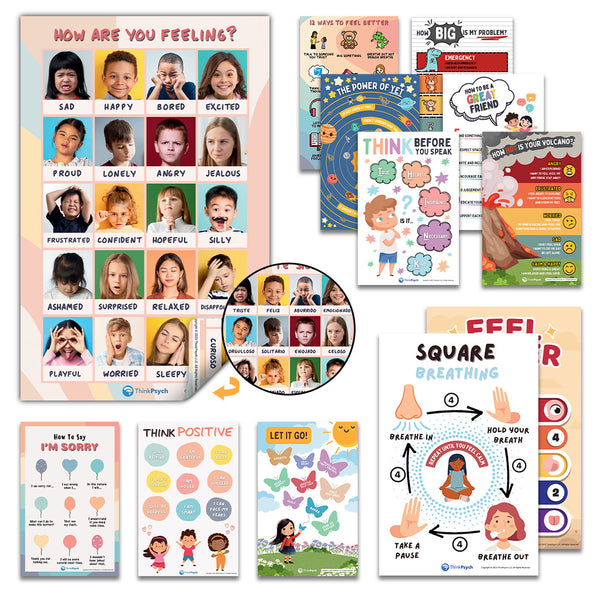
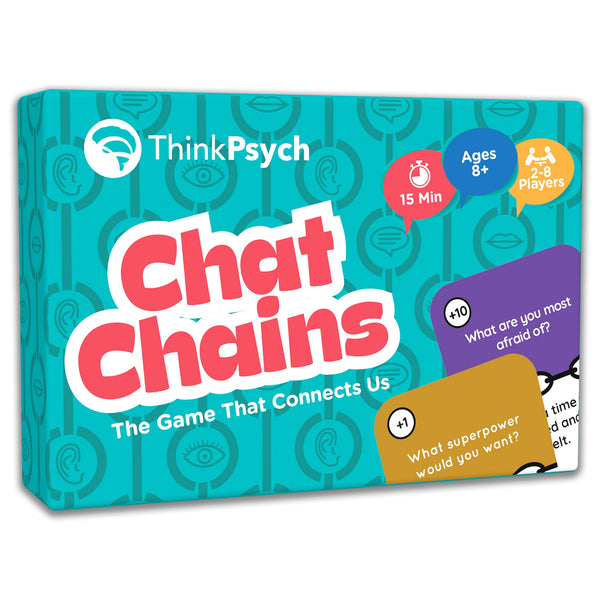

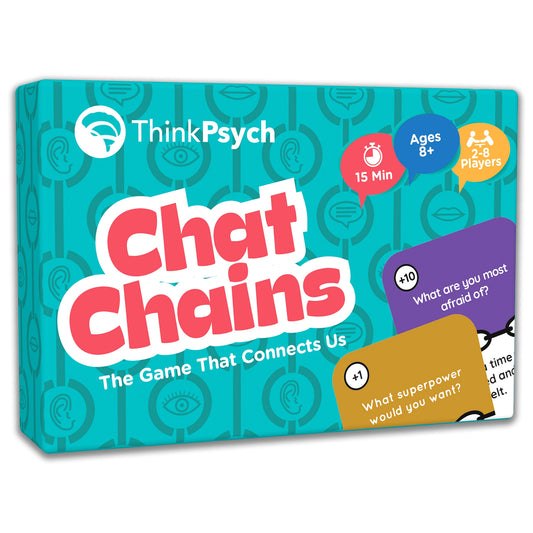
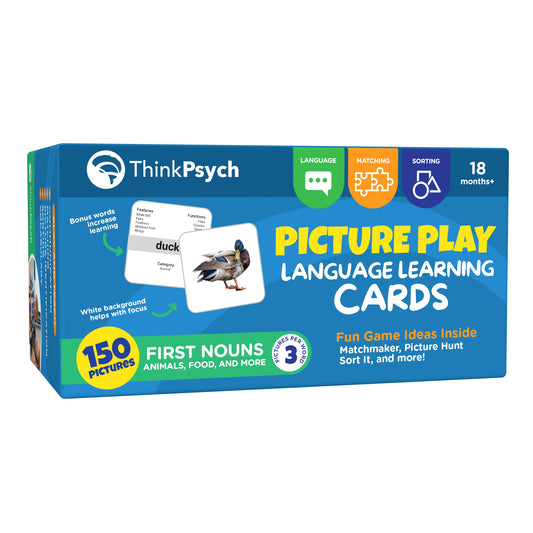
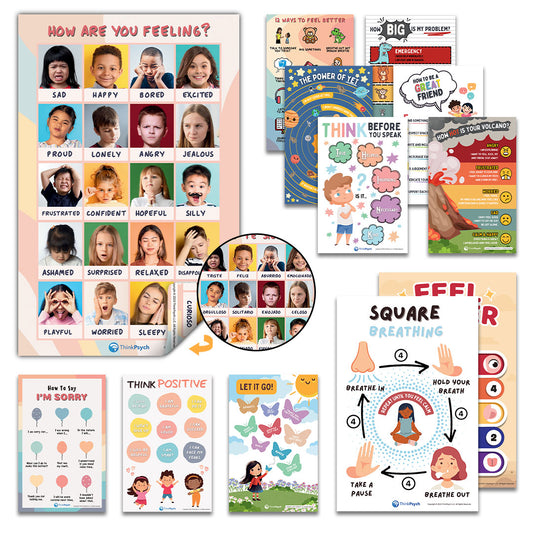
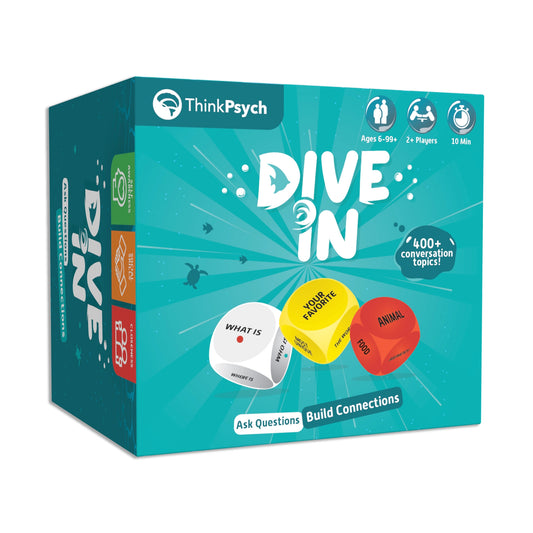
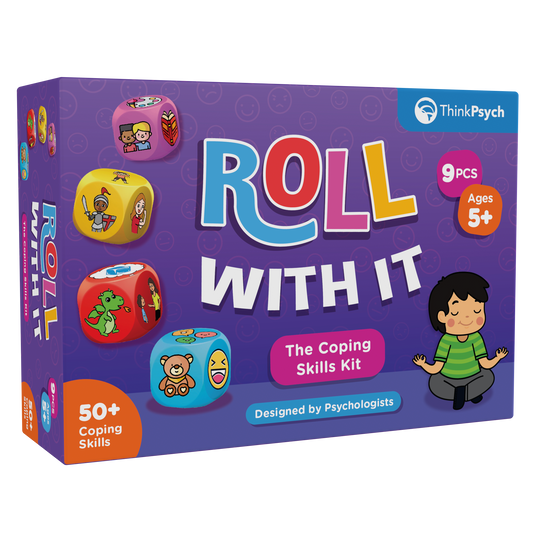
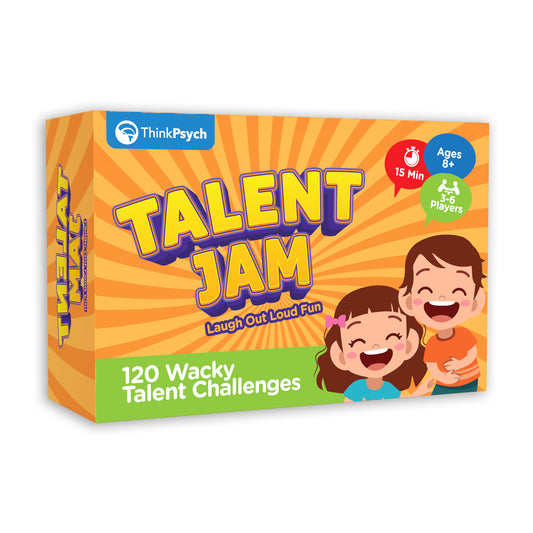


3 comments
this is what exactly I needed. Explained in a simple form. thank you
Thanks for asking!
TFFC stands for Tacting by Feature Function Class. Basically it is a mix of Tacting and FFC. An example would be putting three animal pictures in front of a child and asking “Which one has paws?”
IFFC or Intraverbal by Feature Function Class is a mix of Intraverbal and FFC. An example would be asking a child “What fruit is green?” when there are no pictures or objects presents. The idea is that they have to answer a question about feature/function/class without having a visual “answer bank”.
Hope that helps!
What do the terms TFFC and IFFC stand for with VBMAPP?